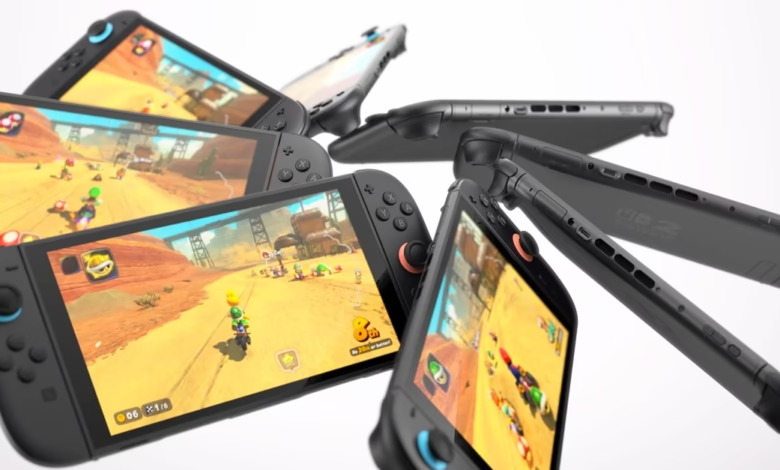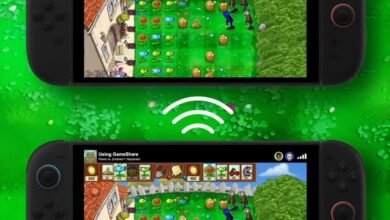Nintendo Switch 2 Review: A Seamless, Beautifully Engineered Upgrade

▼ Summary
– Under Satoru Iwata, Nintendo prioritized innovation over tech specs, leading to hits like the Wii and DS, and later the hybrid Switch console.
– The Switch 2 is a conservative upgrade focused on familiarity, seamless data transfer, and backward compatibility, aligning with modern gaming expectations.
– Nintendo’s industrial design outclasses PC handhelds like the Steam Deck, offering a sleeker, quieter, and more versatile device with improved ergonomics.
– The Switch 2 leverages custom Nvidia hardware and DLSS for strong performance, running demanding games like Cyberpunk 2077 smoothly and closing the gap with rival consoles.
– New features like GameShare, GameChat, and accessibility options mark Nintendo’s shift toward modern online gaming and inclusivity, while retaining quirky touches like mouse controls.
The Nintendo Switch 2 represents a masterclass in refinement, delivering a polished upgrade that builds on its predecessor’s success without reinventing the wheel. Seven years after the original Switch revolutionized gaming with its hybrid design, Nintendo has doubled down on what worked while addressing key limitations. The result is a device that feels both reassuringly familiar and impressively enhanced.
At its core, the Switch 2 is an exercise in seamless continuity. Transitioning from the original model is effortless, games, saves, and settings transfer over without a hitch, mirroring the smooth experience of upgrading a smartphone. This focus on ecosystem cohesion extends to features like GameShare, which lets multiple consoles stream local multiplayer sessions from a single copy of a game. It’s a smart evolution of Nintendo’s family-friendly ethos, ensuring households with multiple systems can play together without extra purchases.
Where the Switch 2 truly shines is in its hardware refinements. The matte-finished chassis exudes premium quality, with magnetic Joy-Con 2 controllers that snap into place with satisfying precision. Compared to rivals like the Steam Deck, it’s sleeker, quieter, and more versatile, thanks to its detachable controllers and TV dock. Performance upgrades are equally noteworthy: DLSS-powered AI upscaling from Nvidia ensures games like Cyberpunk 2077 run smoothly, while the 120Hz VRR display minimizes stuttering. Even unpatched Switch titles benefit from faster load times and improved frame rates.
Nintendo’s foray into modern online features is another highlight. GameChat blends Discord-like functionality with Nintendo’s signature safety controls, offering voice chat, screen sharing, and robust parental oversight. It’s a long-overdue leap forward for a company historically hesitant about online play. Accessibility also gets a boost, with custom button mapping, text-to-speech, and adjustable UI settings, a welcome nod to inclusivity.
Yet, the Switch 2 isn’t without quirks. The sideways mouse control for Joy-Con 2 feels oddly niche, though it adds surprising precision for strategy games. And while the hardware is a triumph, Nintendo’s software eccentricities peek through in oddities like the Welcome Tour demo, which dryly showcases specs alongside charming minigames.
Ultimately, the Switch 2 is less a revolution and more a flawless execution of iterative design. By prioritizing user experience and technical polish, Nintendo has crafted a console that justifies its premium while staying true to the magic of its predecessor. For fans and newcomers alike, it’s a compelling upgrade, one that proves sometimes, evolution beats reinvention.
Images: Nintendo, CD Projekt Red
(Source: Polygon)





